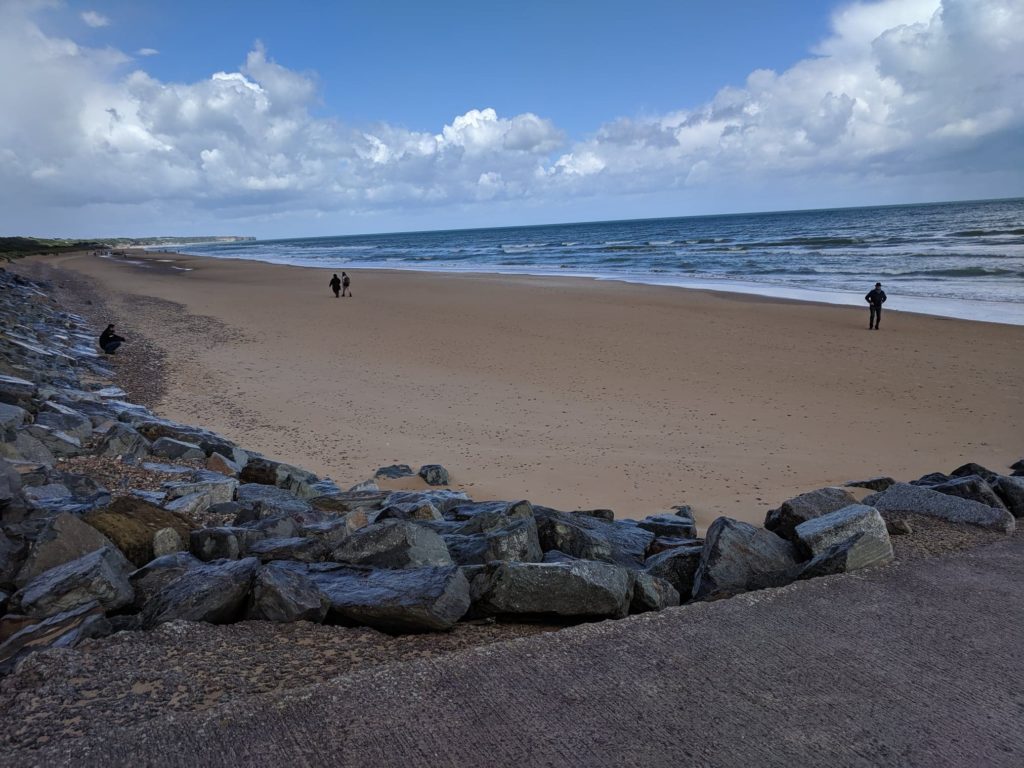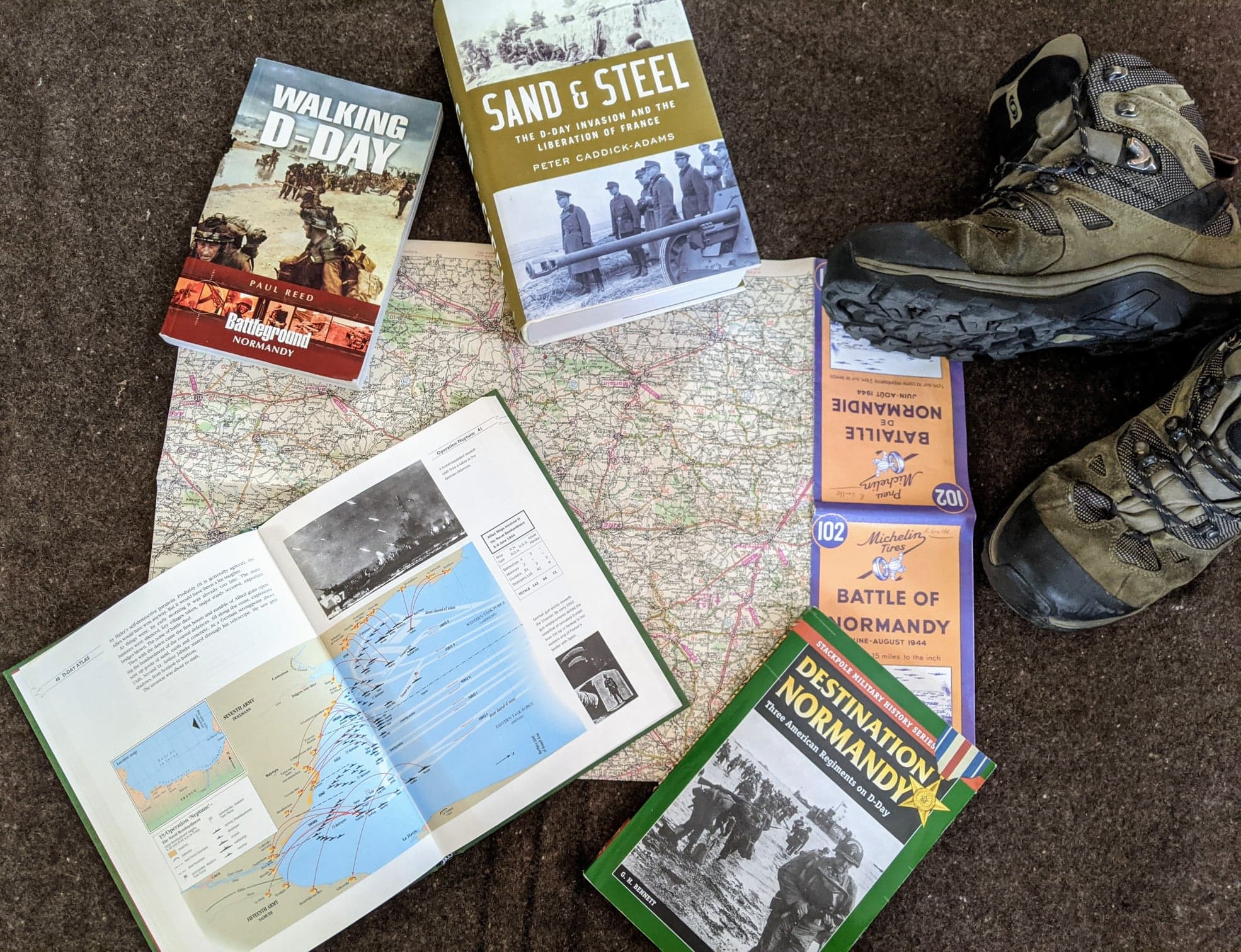“You are about to embark on the Great Crusade…” These are the first nine words in General Eisenhower’s “Order of the Day” to Allied troops on 6 June 1944. The enormity and complexity of the invasion, the intelligence and deception involved, and the soldiers’ stories make Normandy one of the most-toured battlefields of all time. So, 77 years after that landing, I thought it helpful to list a few of my favorite battlefield guidebooks for Normandy, with an emphasis on getting readers out into the field and knee deep into history.
The Facts on File D-Day Atlas by John Man
The best feature of this book is its scores of easy-to-read maps. Along with good photos and concise text, this 143-page book tells the story of the Normandy Landings to the Falaise Pocket in mid-August, 1944; and its compactness makes it an ideal reference book for a battlefield tour—regardless of the amount of time you are spending at each location. I also believe that it is easy to understand for the beginner and yet it covers the material in enough depth for the experienced visitor.
Walking D-Day by Paul Reed
The concept of this Pen & Sword “Battleground Normandy” book is great: It is divided into twelve geographic chapters, with a concise history and a battlefield walk written for each chapter. I must add the caveat that the walks are not for the faint of heart: They range from about 3 – 12 miles in length. I suggested that we do one or two of these on our last trip to Normandy; but was out voted by my wife and son. Nevertheless, hiking remains the best way to explore a battlefield and to understand a battle.
Destination Normandy: Three American Regiments on D-Day by G.H. Bennett
In my opinion, any “ideal” trip / study of the Normandy battlefield should be done in the style of this Book, starting in England. Bennett selects three American infantry regiments—one that landed on Utah Beach, one that landed on Omaha Beach and one Airborne Regiment. He tells the story of each regiment; beginning at their training facilities in the U.K.; moving to the coast in preparation; crossing the channel; landing on the beaches; and moving inland. A weakness is that the book covers only American regiments; and that effectively limits its usefulness to less than half of the Normandy battlefield.
Michelin Battle of Normandy June – August 1944 Map
Perhaps not the best navigation tool today, the map is wonderful for showing key locations as well as the approximate front line on various dates. In that regard, this lightweight tool helps put locations in perspective.
Sand and Steel: A New History of D-Day by Peter Caddick-Adams
At over 900 pages, this is NOT a book for backpackers hiking the Normandy battlefield. However, it IS a great preparation book for those who want a deep understanding of the planning, preparation and execution of the Normandy landings! In broad terms the first half covers the preparations for the invasion, while the second half covers the invasion itself. Mr. Caddick-Adam’s ability to sift through the minutiae involved in such a great undertaking and to tell the story is amazing. Key locations, the interplay between personalities, etc. are brought to life; giving readers a much better understanding of the “Great Crusade.”
Your favorites?
Thousands of books have been written covering the various aspects of the Normandy Landings. Feel free to list your favorites and why as a comment to this blog post or to email them to Randy Gaulke at lavarennes@meuse-argonne.com.

#kneedeepintohistory #meuseargonne #ww1tours #ww2tours #battlefieldtours #kdih

Other very useful titles I find for Omaha Beach include: (1) Robert Kershaw, LANDING ON THE EDGE OF ETERNITY. TWENTY-FOUR HOURS AT OMAHA BEACH (New York: Pegasus Books, 2018), which follows the personal accounts of several individuals on both sides during the first day; and Adrian R. Lewis, OMAHA BEACH. A FLAWED VICTORY (University of North Carolina, 2001), a detailed review of the conflicted operational planning for Omaha Beach.
Thank you for the recommendations!